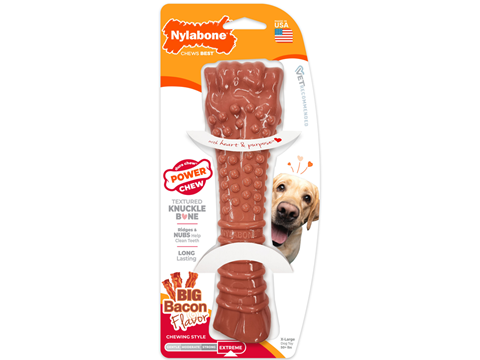
Nylabone has revealed the updated design for its chew toy packaging, said to cut its annual plastic use by more than 40 tonnes through using recyclable paper materials and eliminating most plastic blister designs.
The packaging features a heart shape throughout the packaging to ‘connect with pet parents’ love for their dogs’ and symbolize the brand’s dedication to promoting healthy chewing habits. It also provides clear guidance to help owners find the right chew toy based on their dog’s needs and wants.
The new design also includes information on the chew toys’ flavour infusions, functional textures and shapes, and material varieties to accommodate dogs’ different chewing styles. Nylabone says the updated packaging builds on the revamp of its Healthy Edibles and Nutri Dent chew treats in 2024, which reportedly resulted in annual savings of 37,000 pounds of paper.
The new chew toy packaging is due to hit store shelves this spring.
“As we celebrate 70-year long legacy of chewing excellence, we’re also looking toward the future—and that includes continuing to create top-quality products that best serve dogs, pet parents, and our planet,” said Glen S. Axelrod, president and CEO of Nylabone Products. “Through the new packaging design and its structure, we’re aligning our actions with our heart and purpose, creating a healthier planet for generations to come.”
In related news, a study by Amcor last December stated that 69% of pet owners are incentivized to buy pet food if its packaging is designed for sustainability, with 55% influenced by on-pack recyclability claims. On-pack recyclability claims were revealed to resonate with consumers the most; coming in second and third were ‘less plastic’ and ‘less packaging’ claims.
The same month, Berry Global (Berry) and VOID Technologies created a high-performance polyethylene (PE) film for pet food packaging, suitable for store drop-off recycling and seeking to help eliminate problematic non-recyclable materials. Aiming to deliver a solution with superior toughness and puncture resistance, the companies also hope to reduce CO2 emissions and waste while maintaining compliance with direct food contact standards in North America and Europe.
If you liked this story, you might also enjoy:
The ultimate guide to the Packaging and Packaging Waste Regulation in 2024
How are the top brands progressing on packaging sustainability?
Sustainable Innovation Report 2024: Current trends and future priorities
Everything you need to know about global plastic sustainability regulation

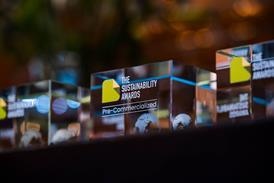

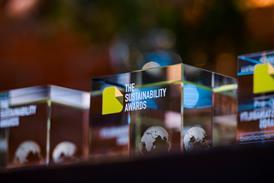
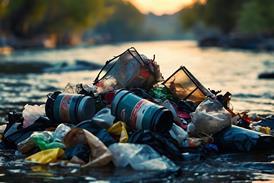
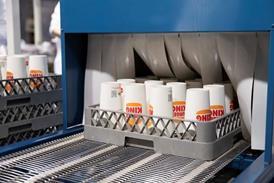















No comments yet